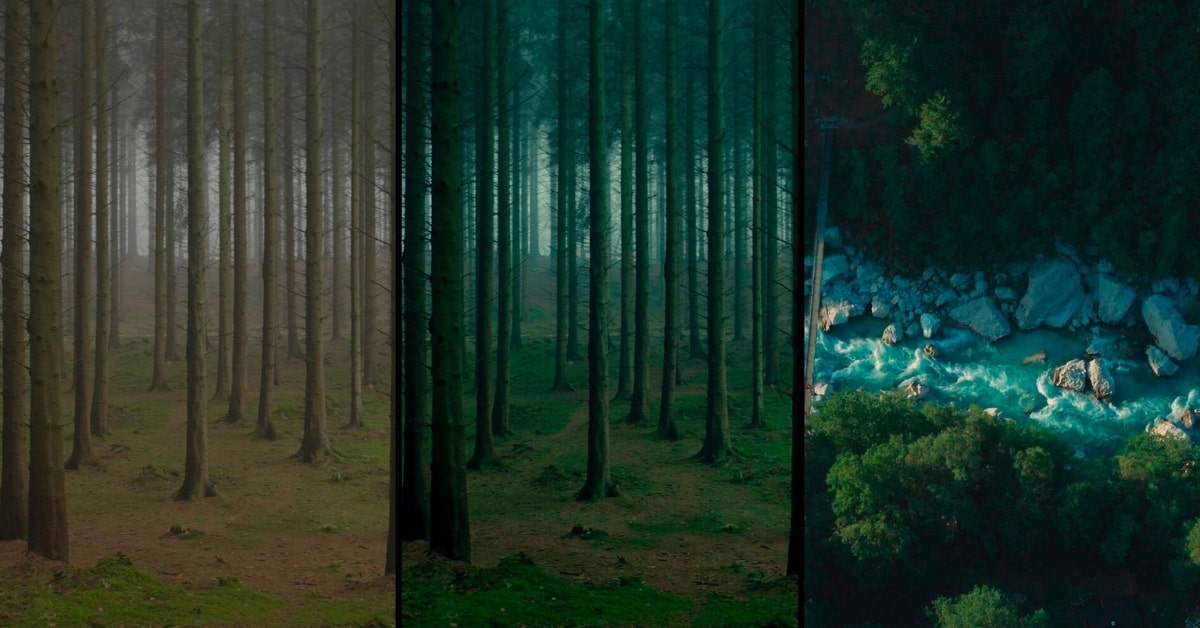In the realm of visual storytelling, color grading serves as an essential tool, elevating images to new levels of visual appeal and narrative impact. This article explores the significance of online photo color grading, the methods involved, and answers to frequently asked questions, empowering you to craft captivating visuals.
Understanding Online Photo Color Grading
Online photo color grading is a post-processing technique employed to manipulate and enhance the colors in an image. It goes beyond simple adjustments and involves fine-tuning hues, tones, and contrasts to convey specific emotions, create moods, and maintain visual consistency across a series of images.
Methods of Online Photo Color Grading
- Software-Based Grading:
- Adobe Lightroom: Offers a range of presets and sliders for adjusting colors, contrasts, and tones.
- Adobe Photoshop: Provides more intricate controls with adjustment layers and blending modes.
- DaVinci Resolve: A powerful tool for professional video color grading, also used for images.
- Usage of LUTs (Look-Up Tables):
- LUTs are pre-made color profiles that can be applied to images for quick and consistent color grading.
- Selective Color Adjustments:
- Targeting specific colors within an image for adjustment, allowing precise control over individual elements.
Advantages of Online Photo Color Grading
- Narrative Enhancement: Color grading aids in establishing the mood, atmosphere, and narrative of an image or series of images.
- Visual Consistency: Ensures a uniform look across various images, essential for branding or maintaining a theme.
- Emotional Impact: Manipulating colors can evoke specific emotions or reactions from viewers.
FAQs
Is color grading essential for all types of photography?
While not mandatory, color grading can significantly enhance various genres of photography, such as portraits, landscapes, fashion, and commercial imagery.
Can I achieve professional results using free online editing tools for color grading?
Some free tools offer basic color grading features, but for advanced control and professional-grade results, dedicated software is recommended.
How do I ensure natural-looking results when color-grading photos?
Start by understanding color theory and avoid over-saturation or extreme adjustments. Subtle changes often yield more natural and pleasing results.
Is online color grading only for photographers, or can it be used by videographers too?
Color grading techniques apply to both photography and videography, playing a crucial role in storytelling across visual mediums.
Conclusion
In conclusion, online photo color grading is a powerful technique that allows creators to infuse their visuals with emotion, depth, and coherence, ultimately enhancing the storytelling aspect of their work.
This page was last edited on 24 February 2024, at 10:41 am
